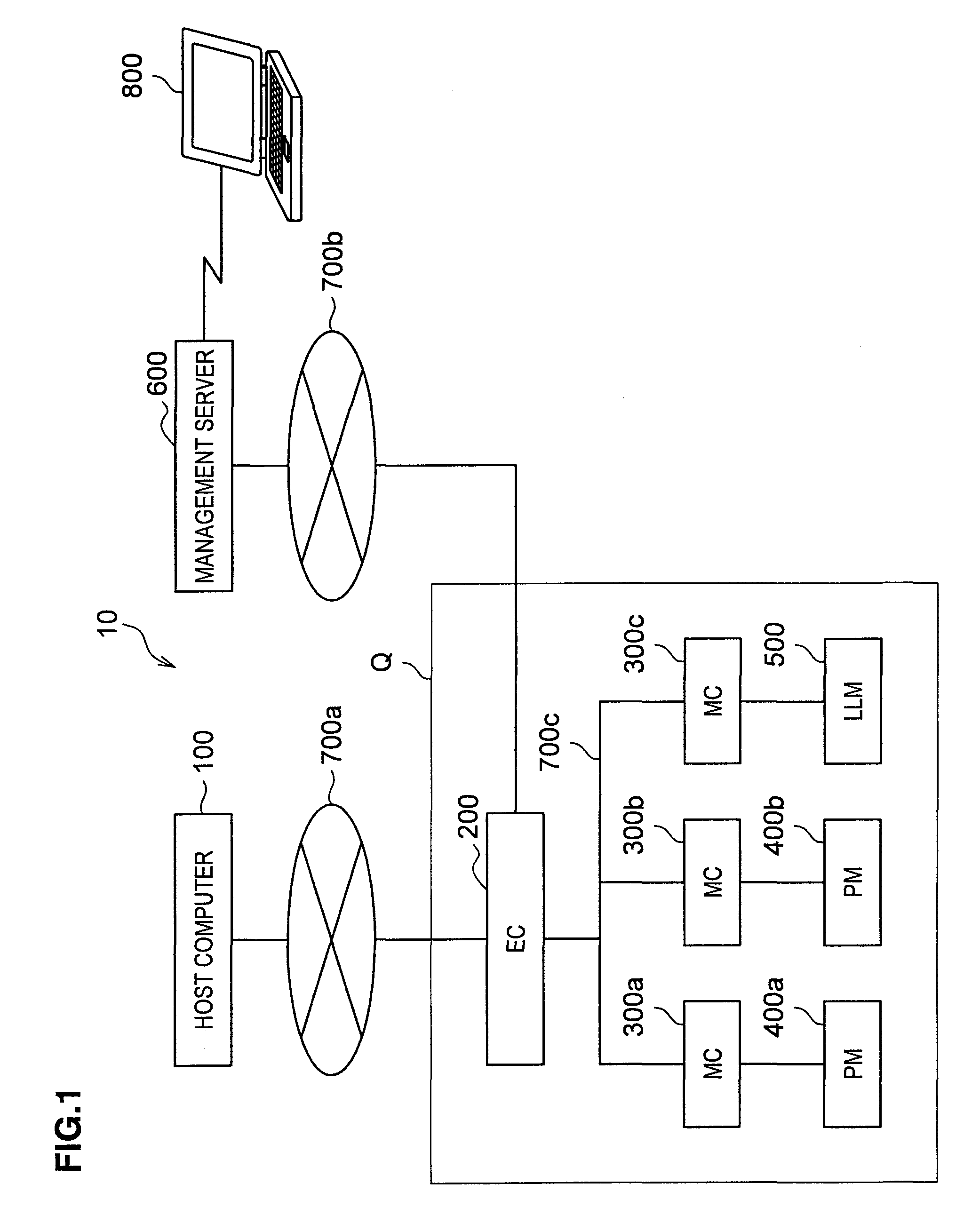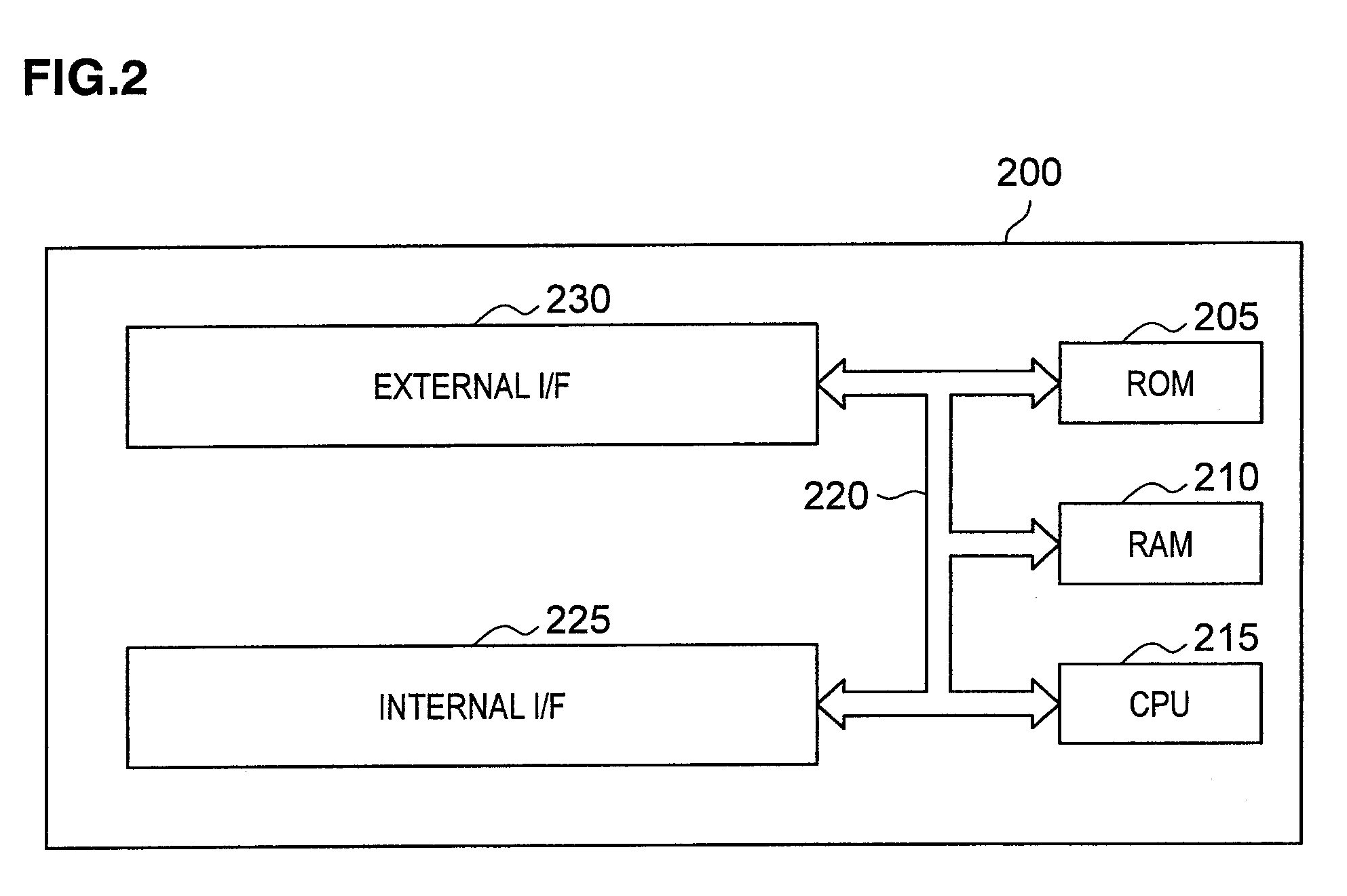Method for cleaning vacuum apparatus, device for controlling vacuum apparatus, and computer-readable storage medium storing control program
a technology for vacuum apparatus and cleaning method, which is applied in the direction of program control, chemistry apparatus and processes, instruments, etc., can solve the problems of preventing the appropriate cleaning, difficult to correctly evaluate the cleanliness of the vacuum apparatus, and difficult to clean the proportions, so as to achieve dramatic improvement of product yield and the effect of high vacuum apparatus cleanliness
- Summary
- Abstract
- Description
- Claims
- Application Information
AI Technical Summary
Benefits of technology
Problems solved by technology
Method used
Image
Examples
first embodiment
[0052]With reference to FIG. 1, a substrate processing system according to a first embodiment of the present invention will be generally described. Note that this embodiment describes a method for cleaning deposits attached to the interior of the vacuum chamber and the movable parts disposed therein, the deposits being formed during etching of the silicon wafer (hereinafter, referred to as the wafer W) using the substrate processing system.
[0053](Substrate processing system) A substrate processing system 10 includes a host computer 100, an equipment controller (hereinafter called the “EC”) 200, three machine controllers (hereinafter called the “MCs”) 300a to 300c, two process modules (hereinafter called the “PMs”) 400a and 400b, one load lock module (hereinafter called the “LLM”) 500, and a management server 600.
[0054]The host computer 100 and the EC 200 are connected by a client local area network (LAN) 700a, and the EC 200 and the management server 600 are connected in a client LA...
second embodiment
[0105]The cleaning method according to a second embodiment of the present invention will be described. The second embodiment differs from the first embodiment in that the particle monitor Mr is used to detect the number of particles, and when the detected number is less than a predetermined threshold, the cleaning is ended. In the first embodiment, the cleaning is ended according to the specification in the recipe. Focusing on the difference between the two embodiments, the cleaning method according to this embodiment will be described below with reference to FIG. 11.
[0106]In the second embodiment, step 615 in FIG. 6 calls the auto-setup process in FIG. 11. After step 1100, at steps 805 and 810, the cleaning execution unit 275 loads the dummy wafers and performs the NPPC as in the first embodiment. Control then passes to step 1105, where a not-shown timer is set to “0.” Then at step 815, the movable parts are repeatedly moved. Then at step 820, the NPPC is performed again.
[0107]Cont...
third embodiment
[0114]A cleaning method according to a third embodiment of the present invention will be described below. The third embodiment differs from the second embodiment in that the particle monitor Mr is used to detect the number of particles, and when the detected number is less than a predetermined threshold, the cleaning is ended, and then each movable part is moved separately, thereby identifying the particle source. In the second embodiment, the particle source is not identified. Focusing on the difference between the two embodiments, the cleaning method according to this embodiment will be described below with reference to FIG. 12.
[0115]In the third embodiment, step 615 in FIG. 6 calls the auto-setup process in FIG. 12. The cleaning execution unit 275 performs, as in the second embodiment, steps 1200, 805, 810, and 1105. The execution unit 275 then repeats steps 815, 820, 1110, and 1115, thereby continuing the cleaning process until the number of particles is less than a threshold or...
PUM
 Login to View More
Login to View More Abstract
Description
Claims
Application Information
 Login to View More
Login to View More - R&D
- Intellectual Property
- Life Sciences
- Materials
- Tech Scout
- Unparalleled Data Quality
- Higher Quality Content
- 60% Fewer Hallucinations
Browse by: Latest US Patents, China's latest patents, Technical Efficacy Thesaurus, Application Domain, Technology Topic, Popular Technical Reports.
© 2025 PatSnap. All rights reserved.Legal|Privacy policy|Modern Slavery Act Transparency Statement|Sitemap|About US| Contact US: help@patsnap.com



